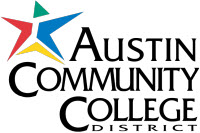Below is a summary of the abstract you submitted. Presenting author(s) is shown in bold.
If any changes need to be made, you can modify the abstract or change the authors.
You can also download a .docx version of this abstract.
If there are any problems, please email Dan at dar78@pitt.edu and he'll take care of them!
This abstract was last modified on May 3, 2018 at 3:59 p.m..

It was the second year of submissions of mycobacteriophages to the SEA PHAGE program from the Central Texas area. We were able to discover a novel phage ‘RoMag’ isolated from infection to the host bacteria Mycobacterium smegmatis mc<sup>2</sup>155. The isolation method used was enrichment. The plaques produced were of medium size and turbid. Electron microscopy was performed at the University of North Dallas. The electron micrographs showed that the virus morphology was consistent with the Myoviridae group. The genome of ‘RoMag’ was sequenced by the Pittsburgh Bacteriophage Institute using Illumina Sequencing. The virus was found to be 156, 329 basepairs in length and characterized as a cluster C1 bacteriophage. The genome was annotated using bioinformatics software including DNA Master, NCBI's Blastp, HHPred, Phamerator and Starterator. The genome had 227 predicted genes mostly forward genes. The genome also had 30 putative tRNA sequences. We found protein functions that match functions for bacteriophages in the national database as well as unknown function proteins.
